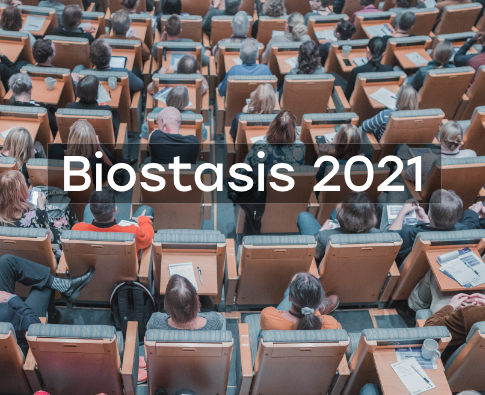The automation of processes has increased productivity, development, and the overall quality of life of humans, either directly or indirectly. Automated machines, including robots, have become mankind’s best friends in more ways than one, and have made inroads into many aspects of our lives. Developments in science and technology have resulted in the manufacture of robots that are increasingly autonomous, equipped with abilities to calculate, make complex decisions, and perform actions accordingly. The integration of robotics with artificial intelligence has further enhanced their abilities, thereby broadening the scope for their application.
Robots in medicine
The field of medicine is highly-intensive and demands accuracy when conducting procedures, making diagnoses, and providing prescriptions. A seemingly minor mistake, as small as a nail poking through the glove while conducting a procedure, could give way to untold ramifications. As such, those who are a part of the healthcare sector, be it surgeons, nurses, or even pharmacists, have to undergo intense training to perfect their responsibilities. Even with the utmost care being taken by those who work in this sector, humans have a relatively higher margin for error as compared to automated robots. The reason: robots can be calibrated to the last decimal point, and designed to suit the specific requirements of the task at hand, removing all possible margins for error.
These features have made the use of medical robots popular in the healthcare sector. The market for medical robotics has been projected to grow to $35.2 billion between 2022-2030, with robots being employed to carry out a variety of tasks, particularly in surgeries, tele-consultations, laboratories, rehabilitation, and caregiving.
Cryonics and medical robots: A happy marriage
The procedures leading to human cryopreservation are based on precision, accuracy, and are time-intensive. Every step, from the preliminary procedures, all the way to placing the patient under cryonic suspension, has to be conducted within specifically timed windows, with no margin for error. While trained cryonics experts and volunteers carry out their duties unquestionably and with full responsibility, the strategic use of medical robots could further augment the procedure leading to cryopreservation.
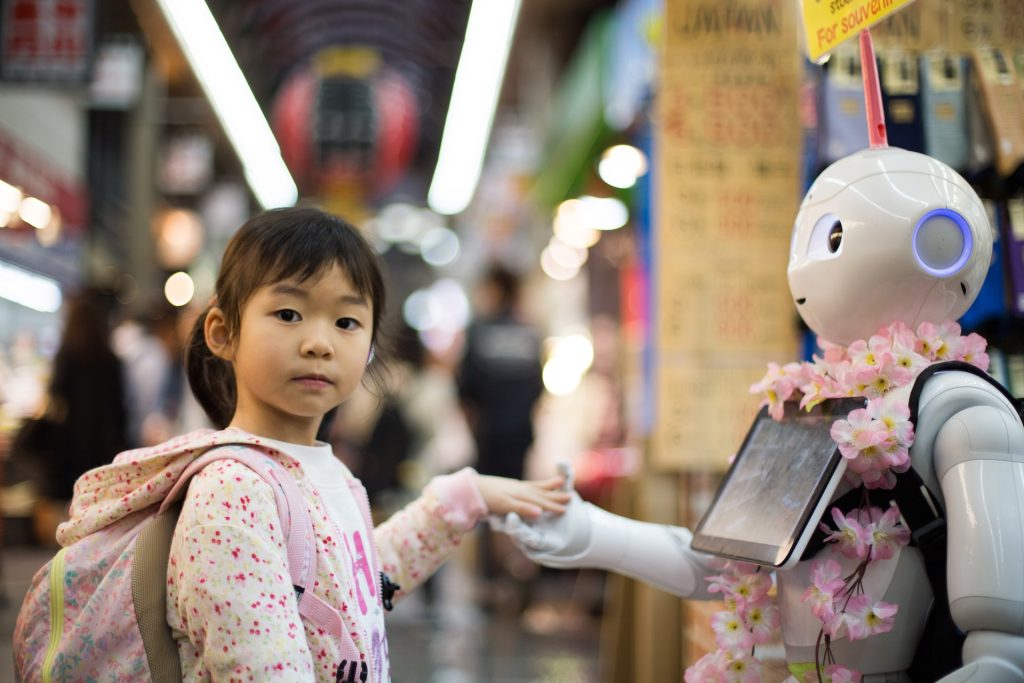
It is important to understand that these medical robots would not replace human cryonics experts but rather, they would be exploited to the benefit of cryonics in the following ways:
End-of-life care to cryonics patients
Cryonics organisations encourage those who have signed up for cryopreservation to regularly check-in with them about their health and other parameters. This is especially necessary when the patient becomes terminally ill and is seemingly close to their deanimation. Although check-in services are offered by cryonics providers, they could be further enhanced with the use of caretaker robots.
These robots, aimed at improving the quality of an elderly person’s life, could interact with them, ensure that they do not wander, assist them in their household chores, and even help them use technology. For instance, a caretaking robot called Stretch was created to perform routine tasks such as vacuuming, playing with pet animals, fetching items, and even doing the laundry. More recently, the pandemic saw the creation of Grace, a humanoid, to help beat the onset of isolation. Grace was equipped to take care of elderly people who were kept apart from their loved ones, which was accomplished through social stimulation, talk therapy, and other such activities. All these go a long way in making the person’s life comfortable, and helps them beat loneliness.
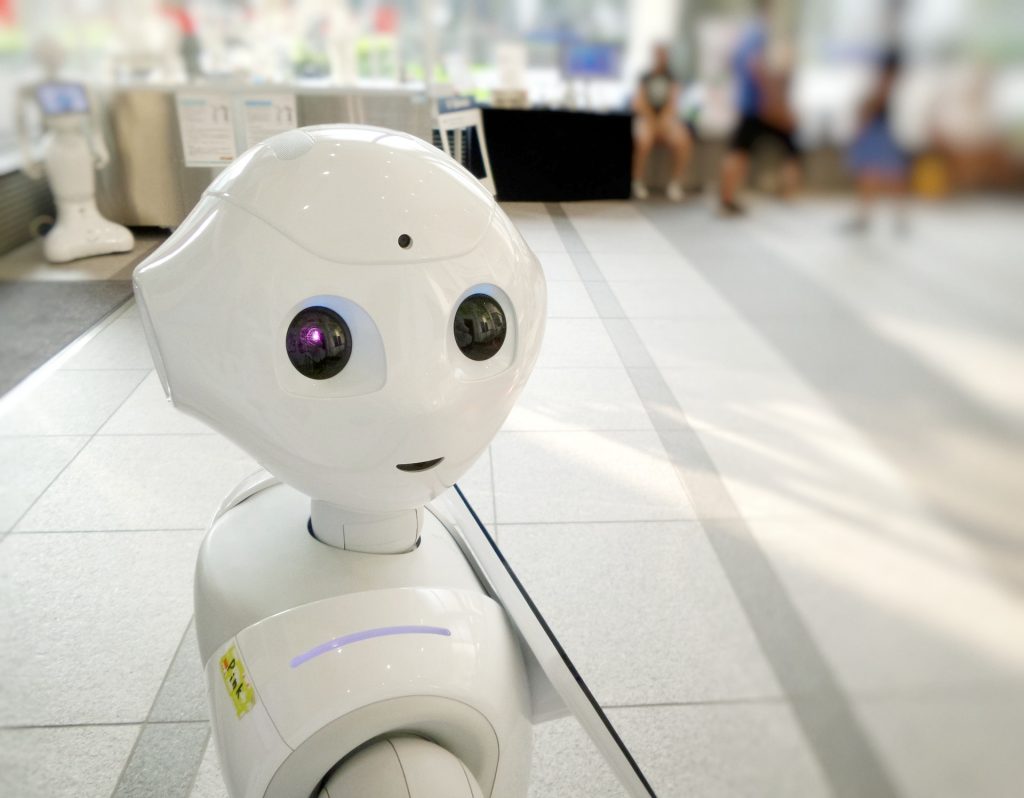
These robots could be particularly beneficial to cryonics as they could be programmed to inform the concerned cryonics organisation if the patient’s condition turns critical, or contact the standby team who would help to carry out the preliminary cryopreservation procedures. They could also arrange teleconsultations with the experts periodically. Such timely interventions could lead to the optimum cryopreservation of individuals, with minimal ischemic damage, and other complications.
Surgical assistance
Quite possibly the most famous medical robot to aid in surgery is the da Vinci Surgical System, which was created all the way back in 2000. This robot, equipped with four arms, assists surgeons in performing minimally invasive procedures relating to the kidney, prostate, ureter, and pelvis. It functions under the control of a surgeon, providing them with the requisite “steady-hand” to conduct the surgeries. The Cold Ablation Roboto-guided Laser Osteotome (CARLO) system, on the other hand, is a medical robot which has been used to cut bone without contact, in order to operate and remove a benign growth, pioneering such use of robots in surgery.
The precisions offered by such robots could prove extremely useful in conducting preliminary and further cryonics procedures. It is important for cryonics experts to not damage the deanimated body while performing blood-washouts, vitrification and other procedures. The use of medical robots to help them in these tasks would not only increase the precision with which they are carried out, but also allow for the experts on board to focus their efforts on other aspects of the process. This would further reduce the time taken to cryopreserve an individual, optimising the entire process.
Physical rehabilitation after reanimation
The end-goal of cryopreservation is to reanimate those who are suspended in time, when advancements in medical science and technology have reached the stage to be able to do so. Upon revival however, all will not be smooth sailing. The patients, who would have then been suspended for decades, would have to undergo physical rehabilitation to function independently and effectively perform their activities of daily living (ADLs). This is an inevitable requirement for those who have opted for neuropreservation only, as their brain, upon revival, would be housed in a newly constructed body.
Robotic limbs could play a key role in helping them achieve this feat. Being designed to function like a normal human limb, complete with joints and skins, robotic limbs, like the one created by the researchers at the MIT Biometrics lab, could also interface with one’s nervous system. This would enable one’s brain to control the limb through the reception of tactile feedback. Yet another genre of medically useful robots are the robotic exoskeletons. They come with neural interfaces, and function with the help of movements made by the user, and also pre-set movements. These lightweight exoskeletons are currently being used for rehabilitation after stroke or spinal injuries, and for those who are paralysed, to help them walk again.
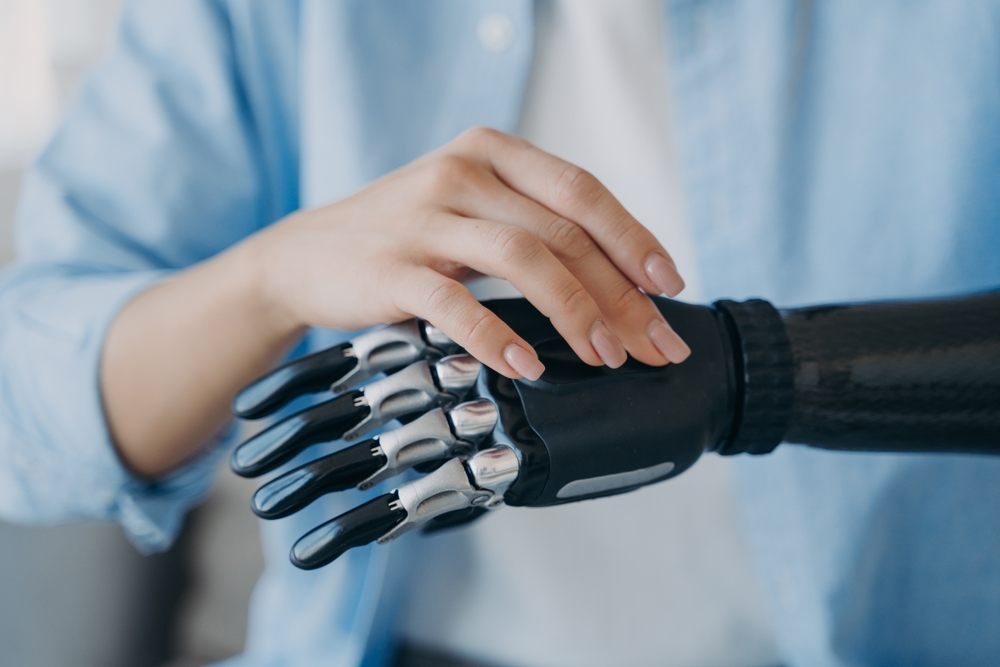
As the potential for reanimation from cryonic suspension is much farther than a stone’s throw away, robotic technology could develop enough to complement the recovery of suspended cryonics patients, and re-integrate them into the societal fabric.
Routine up-keep and maintenance of cryonics patients
Cryonics patients are there for the long-run. They remain locked in suspension together for decades as they have nothing to do but wait. However, there is no dearth of work for the staff at cryonics organisations. The liquid nitrogen dewars have to be occasionally checked to ensure that everything is in order. While cryonics organisations take on people for such jobs, medical robots could instead be relied upon. These tasks are fairly routine in nature and could be performed by autonomous disinfectant robots and robot nurses, and manpower could be better utilised elsewhere.
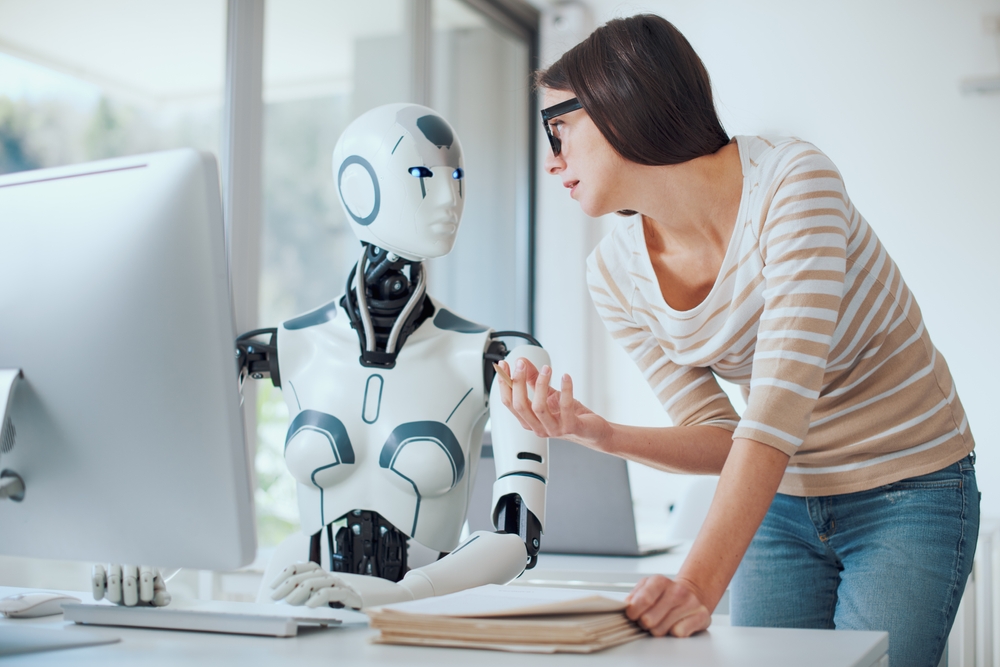
Moreover, the cost of cryonics could also be reduced by not having to keep a regular maintenance staff on-site. This could have snowballing benefits in terms of pushing those people who are demotivated largely by its cost to sign-up for cryopreservation.
Technically speaking…
Being inherently forward-thinking, the cryonics community should find the idea of using medical robots at various stages of cryopreservation and beyond easy to digest. With the advent of nanobots which could potentially be used to command the body from within, medical robots would fit right into the frame and set the tone for the future of cryopreservation. It is therefore best to embrace advancements in technology, rather than be intimidated by them.












